Language Learning Tip #04
Problem
I STILL can’t remember my vocabulary words.
Idea
Different strategies and tricks work for different people, and not everyone has a great memory for everything. But the good news is that memory skills can be improved with practice. The important thing is to keep working at it.
Memory is about making connections. Everything you want to remember must be connected to something. That’s what the brain does. The more connections you have to some bit of information, the more likely you are to remember it. Also, the “depth” of the connection is important. We sometimes say that something is “etched into my mind.” That means that the impression is strong and will not be forgotten. This is a useful analogy. If you think of memory as engraving on wood or metal, we can imagine how deeper carving or etching on something is like making memories in the brain. As I mentioned in idea #2, one way an etching (i.e. memory) is made deeper is by having it done with the power of emotion or drama behind it.
Another way to make strong connections to a memory is to use the different senses. First, we will examine using the sense of sight.
Visual Connections: (Written Arabic to meaning)
Some people remember better if they have something visual to recall. However, language is not visual (seen); it is aural (heard) and oral (spoken). The shape of the written word is only a visual symbol of that word. It is not the word itself. A word is particular combination of sounds which together represent a meaning. Written words are only the symbolic representations of those sounds. I have been amused at times when somebody has said they know a word and then write it out in the air instead of saying the word! Something is wrong. This person has not made the extra step to connect the sound of the word with the symbol of the word. Nevertheless, it is a good step towards learning the word.
Some visually-oriented people find it useful to write the word out in BIG LETTERS on a whiteboard. The visual symbol of the word is more strongly imprinted on them. You might try using different colors or writing the words in unusual ways (curved, slanted, upside-down, etc.) Or, perhaps incorporate drawings into the written word. For example, دجاجة could be written with a beak and little chicken legs to remind you it means chicken. (Warning, this approach takes more imagination than some language learners are prepared for!)
Note: The ideas above are for putting words into your “recognition” vocabulary. That is, for seeing a word written in Arabic and recognizing what it means (going from word symbol to meaning). The next step is harder (going from meaning to word sound). More about that in the next message.
